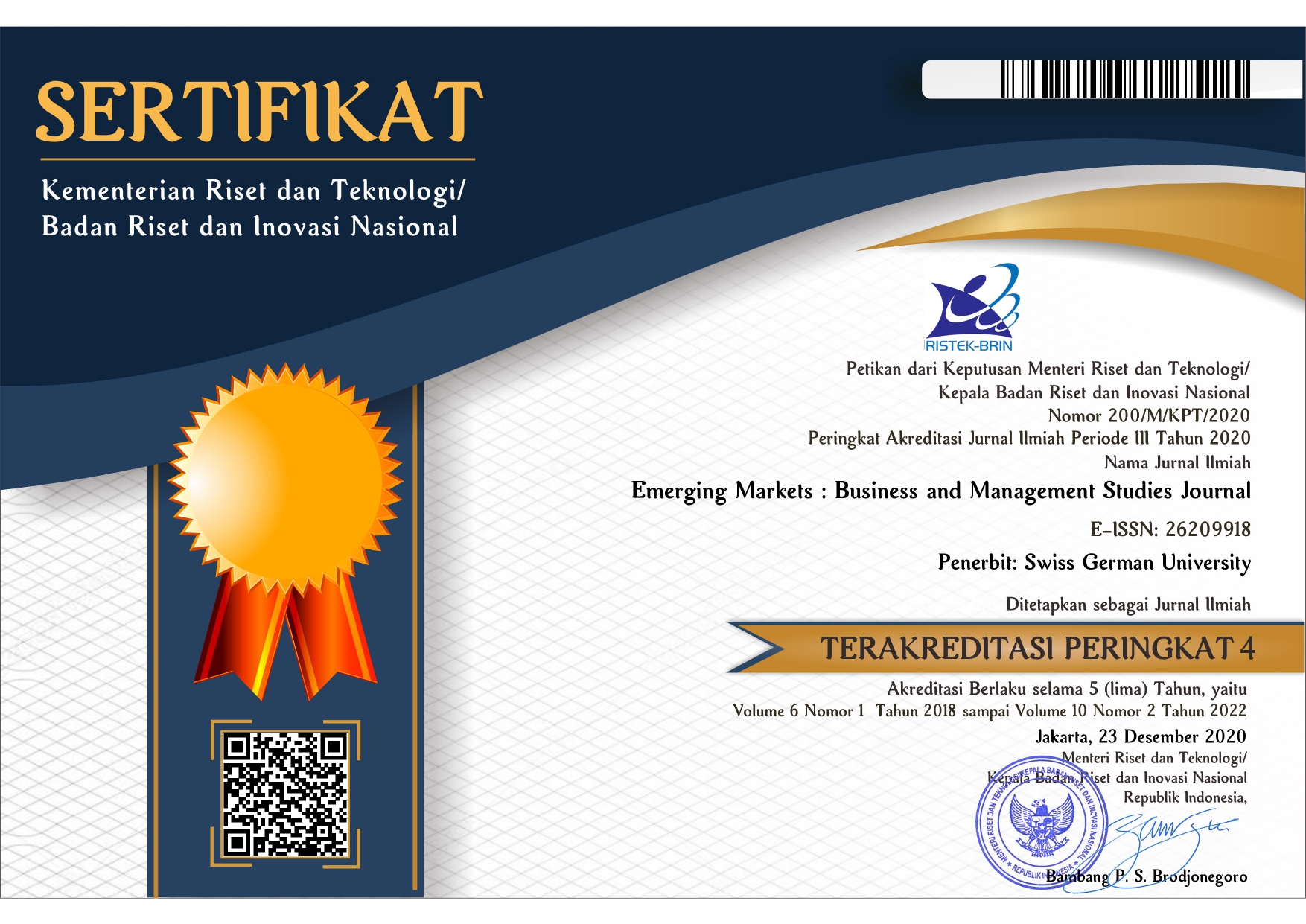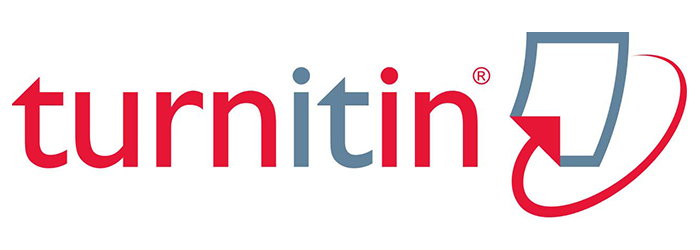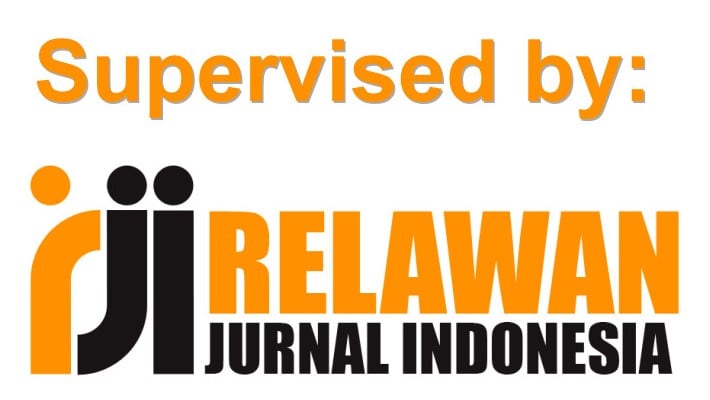NEUROINNOVATIONS: DRIVING CREATIVITY IN ORGANIZATIONS THROUGH THE APPLICATIONS OF THE HUMAN NERVOUS SYSTEM AND THE BRAIN
Abstract
In today’s business world characterized by high level of uncertainty and change, the success and perhaps the survival of organizations rest on their ability to think and act creatively. Stimulating employee creativity, thus, inevitably becomes one of the top priorities for most organizations, no matter large or small. However, driving creativity is not an easy task, especially in an organizational context where creativity is influenced by variables operating at different levels. herefore, what organizations really need are reliable, scientifically proven mechanisms and tools that would effectively boost the creativity of their employee. This is what the present study promises to deliver. To achieve this, the study analyzed and integrated current diverse and fragmented findings from organizational creativity research field, as well as insights from the field of neuroscience, so that a more complete understanding on how to drive creativity can be obtained. Understanding creative behaviors at their very neural substrates provide a great opportunity to draw more accurate conclusions. Therefore, the strategies this study ought to provide are not ones that are general, but brain-targeted ones. To test the stimuli identified from such analysis, experiments with 54 participants for individual variables, and 18 groups for group variables were carried out. In addition, two experts from IBM were being interviewed for their views on how IBM boosts creativity of their employees. Based on the experiments and interview results, four major recommendations were implicated. First, organizations should look for individuals who are open to experiences, are extraverted, and are not conscientious to work on the creative tasks. Second, organizations should encourage employees to individually work on their idea generation activity. Third, for group creative problem solving, change in membership should be encouraged as opposed to static membership. Last but not least, the cultures and climates inside the organizations should be ones that encourage transformational leadership and collaboration among employees. Also, a relaxed atmosphere does not necessary drive employees to be more creative. However, the flexibility, the autonomy provided to employees tends to do so.













